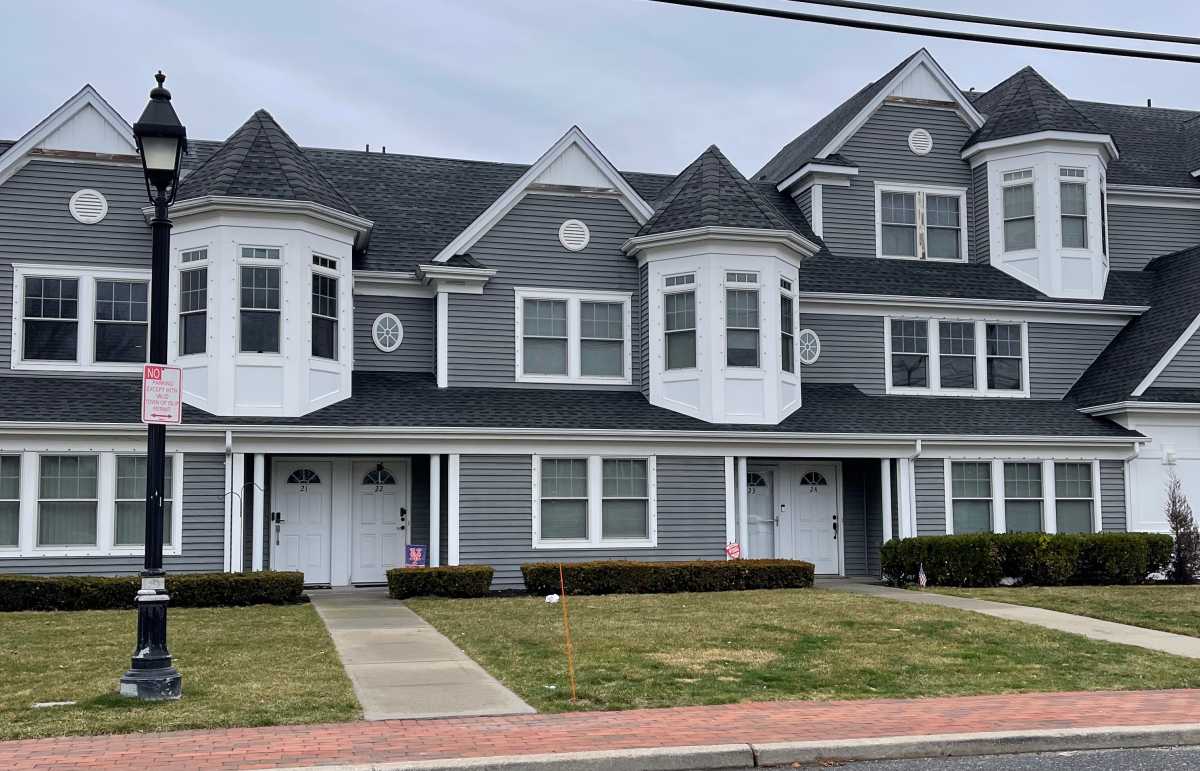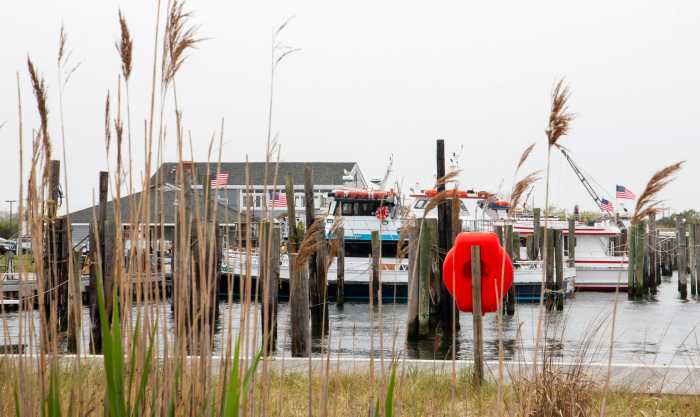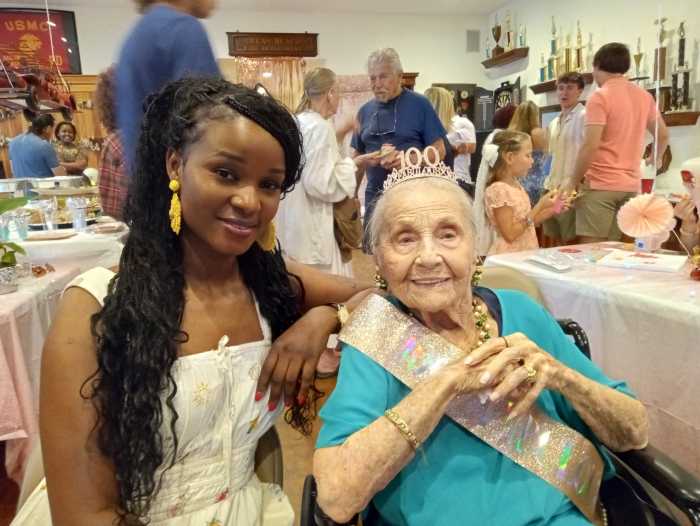Affordable housing for the workforce often comes with the misconception that it is free. The reality is that this housing serves as a counter to the rising costs of rent and home values, and as a solution to slowing the migration of young professionals fleeing to Sun Belt states. Income has been used as a measure for discounted housing programs, but now, local legislators have incorporated into law the value of “community sweat equity.”
There are currently 109 fire departments throughout Suffolk County, all of which depend on volunteers. The average age of one of these local heroes is between 45 and 55 years old. However, the number of firefighters in Suffolk County has been rapidly decreasing, with a smaller number of volunteers under 40.
Currently, incentives for becoming a volunteer firefighter or emergency medical technician include college scholarships, state income tax credits, and certain property tax exemptions. As of early summer, a new incentive was added to address the housing affordability crisis.
Suffolk County and the Long Island Housing Partnership (LIHP) have implemented a new series of laws and grants to make housing more affordable and accessible for first responders. Signed into law by Suffolk County Executive Ed Romaine on July 22, the law requires 10% of affordable housing projects that receive county workforce funding to be designated for local volunteer firefighters or EMS.
The requirements include that volunteer firefighters or EMS technicians must be in good standing for three years and must be members of the fire or ambulance district in which the housing is located. The estimated total number of people qualified for this addition to the workforce—applicants—would be the county’s 11,000 first responders.
Without the first responders’ requirement, eligibility for Workforce Housing’s discounted rental program and down payment assistance grants is available to most individuals with a qualifying income at or below 80% of the area’s median income. The average qualifying income caps are $87,500 for a one-person household to $124,950 for a household of four.
Subsidized Rent Program
An example of the Workforce Housing rental program is discounted apartments at the Shoregate complex in Bay Shore. The monthly rent for a two-bedroom, 1,088-square-foot apartment is $3,651 a month, but if accepted into the program, a similar-sized two-bedroom apartment designated for Workforce Housing at Shoregate will be $2,570 a month.
Down Payment Assistance
The other component of the new bill is grants of up to $50,000 to be used for down payment assistance or home renovation costs for a newly purchased home. The “Long Island Guardian Grants” were spearheaded by Realtor Brad Wilson in collaboration with Suffolk County Legislator Steve Flotteron.
“My father was a cop, my uncle was a firefighter, and I wanted to do my part. However, it’s been a very slow start,” said Wilson.
In a press release related to the signing of the bill into law, Flotteron explained, “This program can help our volunteer first responders from Malverne to Montauk purchase a home. Until now, due to the employer match funding constraints, these unsalaried employees (volunteers) could not benefit from state and federal grants that can provide the money needed to buy a home. Our volunteer first responders put their lives on the line every time they are called, and they are owed a debt of gratitude. We are proud to have worked together to make them all aware of this program.”
However, the founding president of Long Island Housing Partnership, Jim Morgo, stated, “It has been talked about for a long time because the local fire departments have been having trouble getting volunteers. It makes a lot of sense. We ask a lot from the volunteers who are on call 24 hours a day. But there are probably things to work out, especially when public money, such as federal HUD funds, are used.”
First responder training can be as long as six months, and the average volunteer would commit at least eight hours a week to their community. Time is one of the most precious commodities and should be valued, but savings are extended to the taxpayer. According to a 2023 study by the Firefighters Association of the State of New York (FASNY), 90% of New York’s fire departments are volunteer-run, saving taxpayers $3.8 billion annually.





























